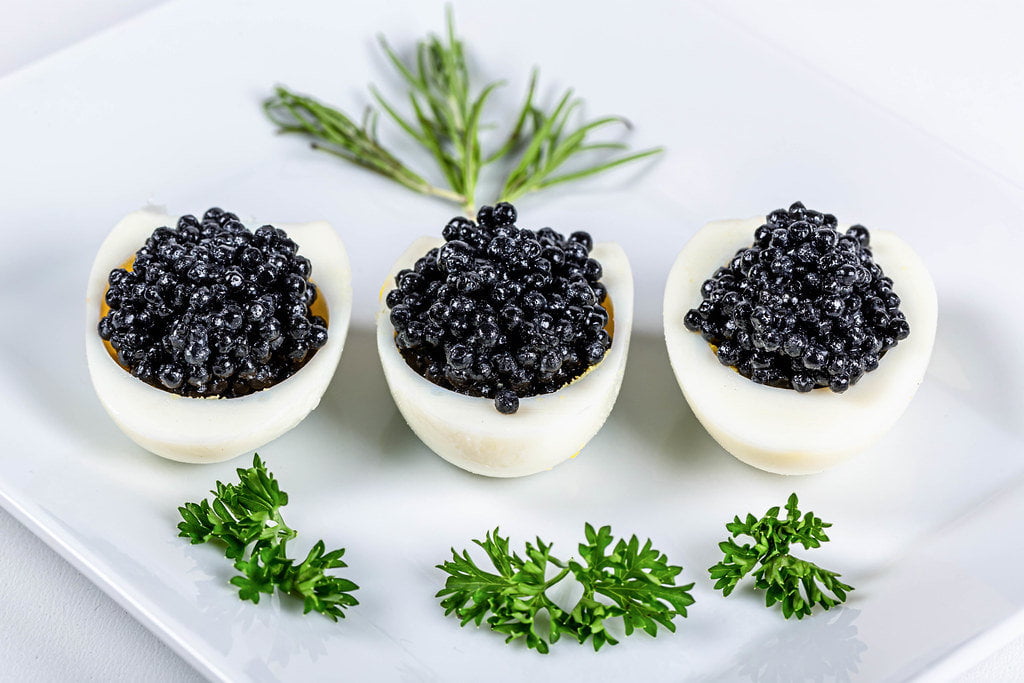Comb-
There aren’t many items that are as widely used and flexible as the basic comb when it comes to the realm of grooming and haircare. In spite of its seeming simplicity, the comb is an essential tool in our day-to-day activities, as it provides advantages that go beyond just removing tangles from our hair. In this article, we will dig into the world of combs and investigate the several ways in which they improve our lives.
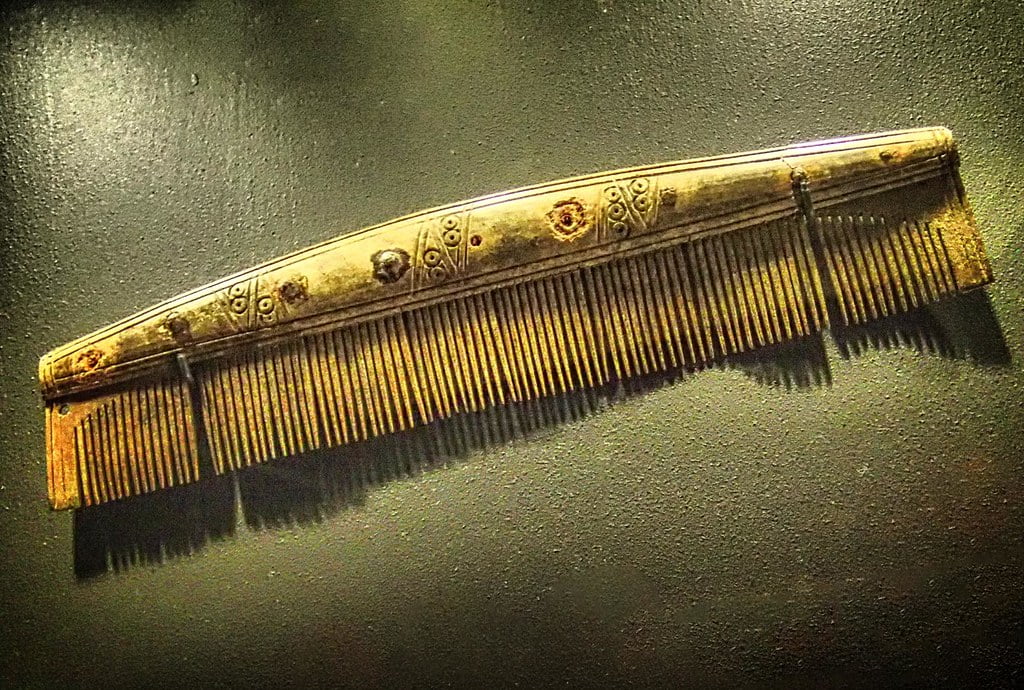
History and Evolution:
Combs have an interesting history dating back thousands of years to the oldest civilizations. Ancient combs were made of bone, wood, or shells. These early combs helped groom hair.
Comb artistry evolved with civilizations. In ivory or precious metal, ancient Egyptians, Greeks, and Romans made elaborate combs to show off their riches. Combs were emblems of beauty, richness, and social status.
Comb design improved throughout the Middle Ages, making them more accessible to all classes. While wood and bone remained popular, comb producers experimented with new materials and methods to develop combs with finer teeth for more delicate style.
Combs were complex pieces of art with carvings and decorations throughout the Renaissance. They became heirlooms handed down through generations.
The Industrial Revolution changed comb manufacturing. Combs might be mass-produced at cheaper prices thanks to mass manufacturing. Combs became more available, democratizing grooming and styling.
Modern combs are constructed of plastic, metal, and synthetic fibers. Modern technology has created combs with ergonomic shapes for comfort and anti-static qualities for better style.
Learning about the comb’s history shows human creativity and cultural relevance. The comb has symbolized beauty, prestige, and self-care in grooming routines throughout civilizations. Appreciating its complex history helps us appreciate the basic but essential comb and its lasting influence on our lives.

Types of Combs:
Despite its basic look, combs come in a wide variety of forms, sizes, and materials to meet particular grooming needs. Understanding the variety of combs helps people choose the right one for their hair type and style.
Wide-toothed combs are essential for thick or curly hair. These combs’ amply spread teeth slide through knots, reducing breakage and pain. Perfect for detangling damp hair or spreading conditioner without harm.
However, fine-toothed combs are ideal for precise shaping. With tightly spaced teeth, these combs can create exquisite details for elegant updos, precise partings, and smooth finishes. Those with fine or straight hair like them.
Using teasing combs may provide volume and lift. These combs have a pointed end for sectioning and a row of small, strong teeth for backcombing. These combs provide immediate volume and structure by gently teasing the roots, excellent for elegant hairstyles.
Wide-toothed wooden combs are soothing and grounding for delicate scalps or static. Bamboo and sandalwood combs eliminate static and circulate natural oils throughout hair, enhancing shine and scalp health.
With its tiny size, pocket combs may be carried in handbags or pockets for daily grooming. These little combs are robust and functional, making them vital for traveling with a polished look.
Specific combs for combing damp hair, shaping curls, and constructing elaborate braids demonstrate the flexibility of this essential grooming tool.
Explore the variety of combs to tailor your grooming regimen to your requirements and tastes. A comb exists for every hair type and style aim, whether you want simple detangling, precision styling, or abundant texture.
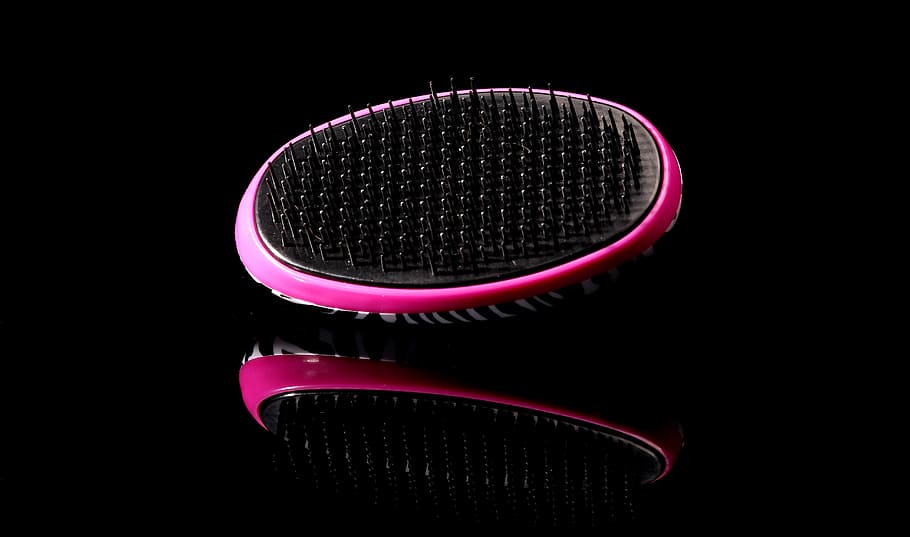
Functional Benefits:
Combs have several uses beyond styling hair, including improving scalp health and hair vitality. These advantages emphasize the necessity of combing in haircare.
Combing helps disperse natural oils throughout hair. Natural sebum from the scalp hydrates and protects hair follicles. Unchecked scalp sebum may cause oily roots and dry ends. By combing the hair, these oils are uniformly dispersed from root to tip, creating healthier, more balanced locks. This treatment makes hair smooth, lustrous, and less prone to breaking.
Combing also increases scalp blood flow, which benefits hair health. Improved circulation supplies hair follicles with oxygen and nutrients for growth and strength. Increased blood flow also cleans the scalp and promotes hair growth by removing toxins and waste.
Regular combing exfoliates the scalp, eliminating dead skin and product residue. This reduces dandruff, irritation, and encourages hair growth. The scalp is gently massaged with a comb to relieve tension and relax.
Maintaining scalp health and beautiful locks requires frequent combing. Whether detangling wet hair, styling dry hair, or stimulating the scalp, combing has advantages beyond looks. Understanding and appreciating these functional advantages may improve haircare and provide people healthier, more attractive hair.
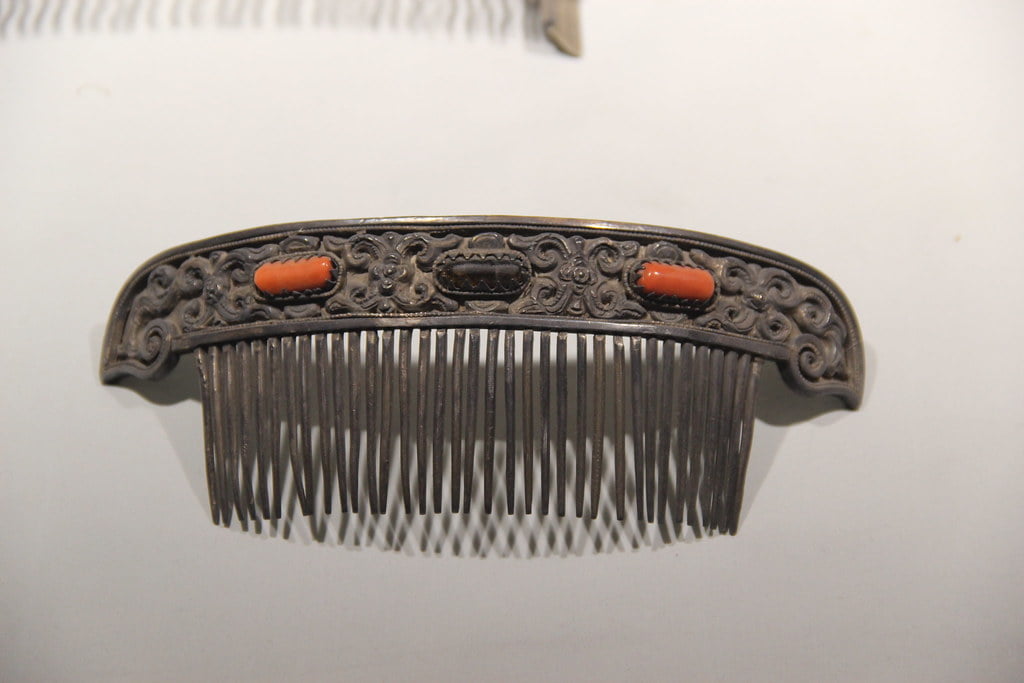
Cultural Significance:
Combs have a global cultural significance because to numerous customs and ceremonies. Elegant combs are emblems of beauty, prestige, and culture as well as grooming aids.
Many civilizations, especially in Africa, Asia, and the Pacific Islands, value finely carved or decorated combs. These combs generally include detailed symbols, patterns, and designs that show cultural tradition and workmanship. They are inherited heirlooms that represent family history.
Additionally, combing rituals are important in many cultures’ celebrations. Some indigenous societies undertake combing rituals at coming-of-age or marriage ceremonies. Purification, regeneration, and maturity or marriage are symbolized by these ceremonies. Combing may also be used in spiritual rituals to connect with the divine or invoke blessings and protection.
Combs symbolize life stages in different cultures. In China, a comb gift represents pleasure, longevity, and harmony. In India, combing hair before religious rites or festivals symbolizes cleanliness and readiness for holy procedures.
Understanding comb culture reveals social values, beliefs, and customs. It shows how grooming habits and cultural identity are intertwined and how commonplace things may have rich symbolic connotations.
Understanding the cultural importance of combs helps us grasp the rich fabric of human experiences and customs. Combs are more than grooming tools—they convey tradition, craftsmanship, and community rituals that span centuries.
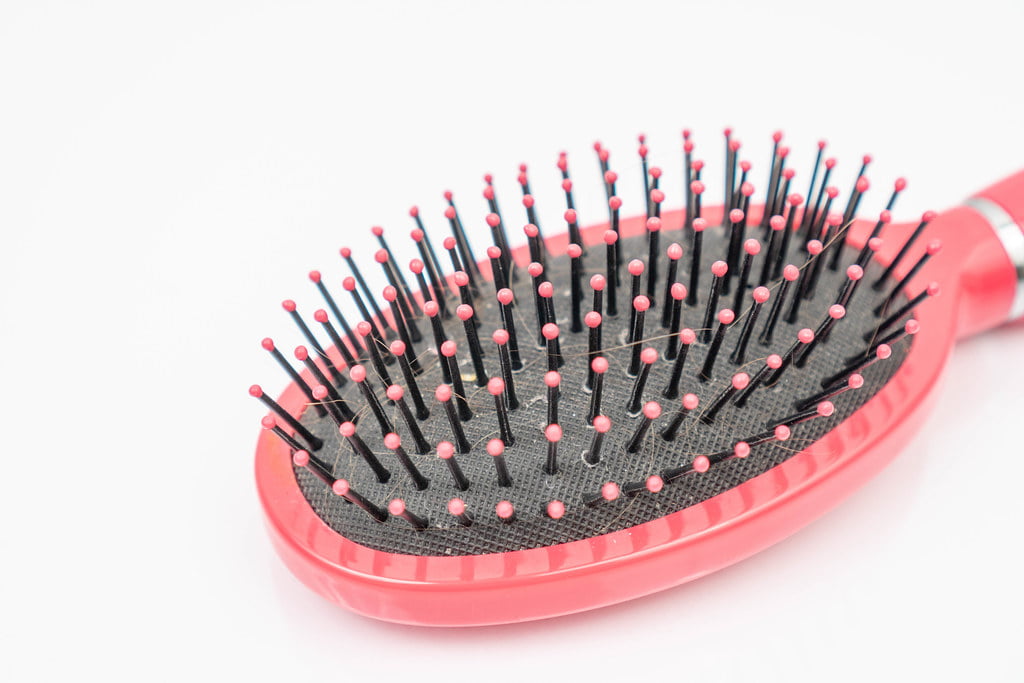
Environmental Considerations:
Eco-conscious customers are scrutinizing comb materials in the age of environmental consciousness. Once common, plastic combs are now being reconsidered owing to pollution and waste. In response, more people are using eco-friendly combs produced from renewable materials.
Bamboo is popular among eco-conscious customers. This easily renewable resource takes less water and herbicides to develop, making it ecologically benign. Bamboo combs are biodegradable, water-resistant, and high-quality, making them a sustainable option.
Recycled plastic combs are another popular sustainable choice. Reusing plastic trash to make combs reduces the need for virgin plastic and diverts it from landfills and seas. Though not biodegradable like bamboo, recycled plastic combs promote reuse and recycling in the circular economy.
Choose sturdy, long-lasting combs over disposable ones to lessen environmental effect in addition to using sustainable materials. Combs that last for years reduce waste and replacements. Buying a good comb costs more initially, but it pays off economically and ecologically.
To improve comb sustainability, several inventive firms are researching new materials and manufacturing processes. Bioplastics from plant-based sources or biodegradable materials may be used to create eco-friendly combs that suit customer desire for sustainability.
We can all help reduce our environmental impact and promote sustainability by choosing materials and products wisely. Bamboo combs, recyclable plastic alternatives, and robust designs all help reduce waste and environmental impact.
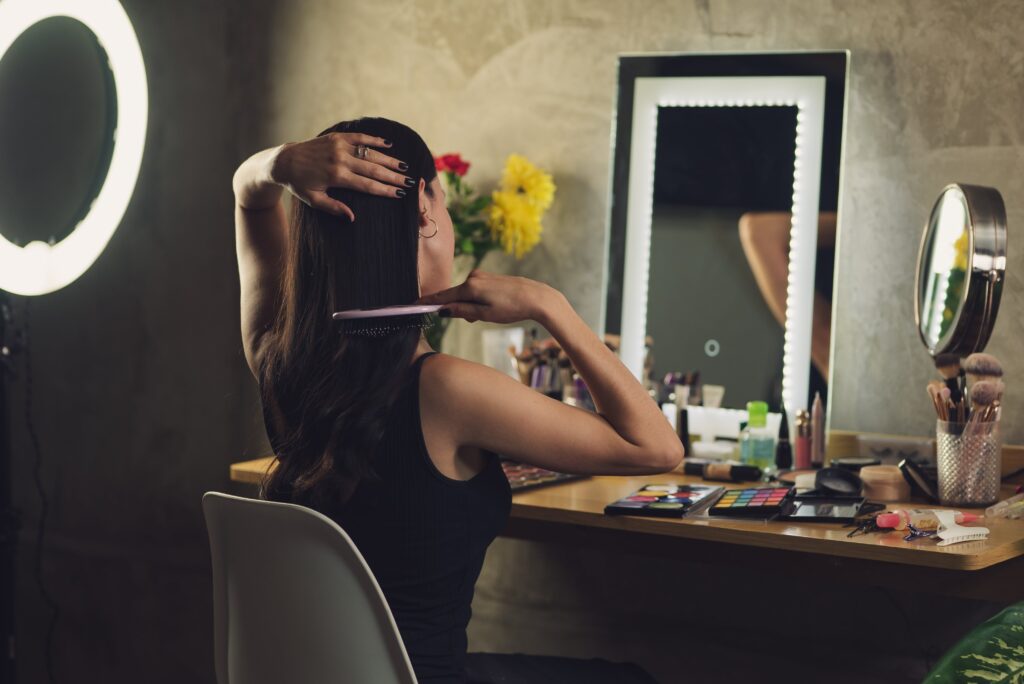
Combs in Pop Culture:
Combs have transcended their utilitarian use to become powerful icons with deep symbolic meaning in popular culture. Combs exist throughout literature, movies, and art, bringing significance and complexity.
Combs represent personal care and grooming in literature. Authors describe characters combing their hair to express self-care, vanity, or preparation for crucial events. In F. Scott Fitzgerald’s “The Great Gatsby,” Jay Gatsby and Daisy Buchanan’s fastidious grooming symbolizes their fixation with looks and social position.
Film sequences of characters brushing their hair are also unforgettable. These grooming scenes, whether it’s James Dean in “Rebel Without a Cause” or Audrey Hepburn in “Breakfast at Tiffany’s,” reveal the protagonists’ personalities and goals. They symbolize identity, self-expression, and change.
Combs are widely utilized as motifs in art to explore beauty, femininity, and cultural identity. Combs appear in intimate portraits of ladies brushing their hair and complex still lifes signifying vanity and luxury in paintings and sculptures. Artists utilize combs as symbols to express themselves, inviting viewers to consider their meaning.
Popular culture depictions of combs help us grasp their meaning beyond their practicality. They represent personal care, social prestige, and cultural identity, expressing societal ideals and goals. Literature, cinema, and art depictions of combs reveal the intricate relationship between grooming, self-image, and societal conventions.
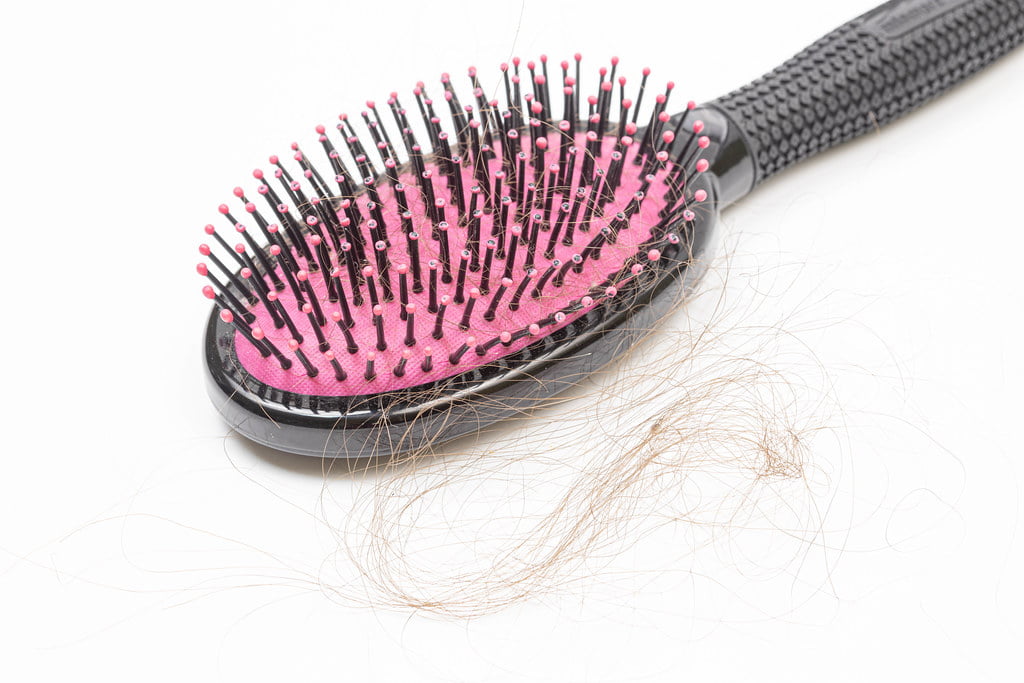
Conclusion:
It is possible that the comb seems to be a simple instrument; nonetheless, the influence that it has is significant and far-reaching. Our lives are enriched by the comb for a variety of reasons, including its historical origins, the practical advantages it offers, and the cultural importance it carries. We are able to enhance our grooming routines and deepen our relationship to this time-honored instrument of style and self-care if we have an appreciation for the many functions that it serves.
Table of Contents
Suggestion-

